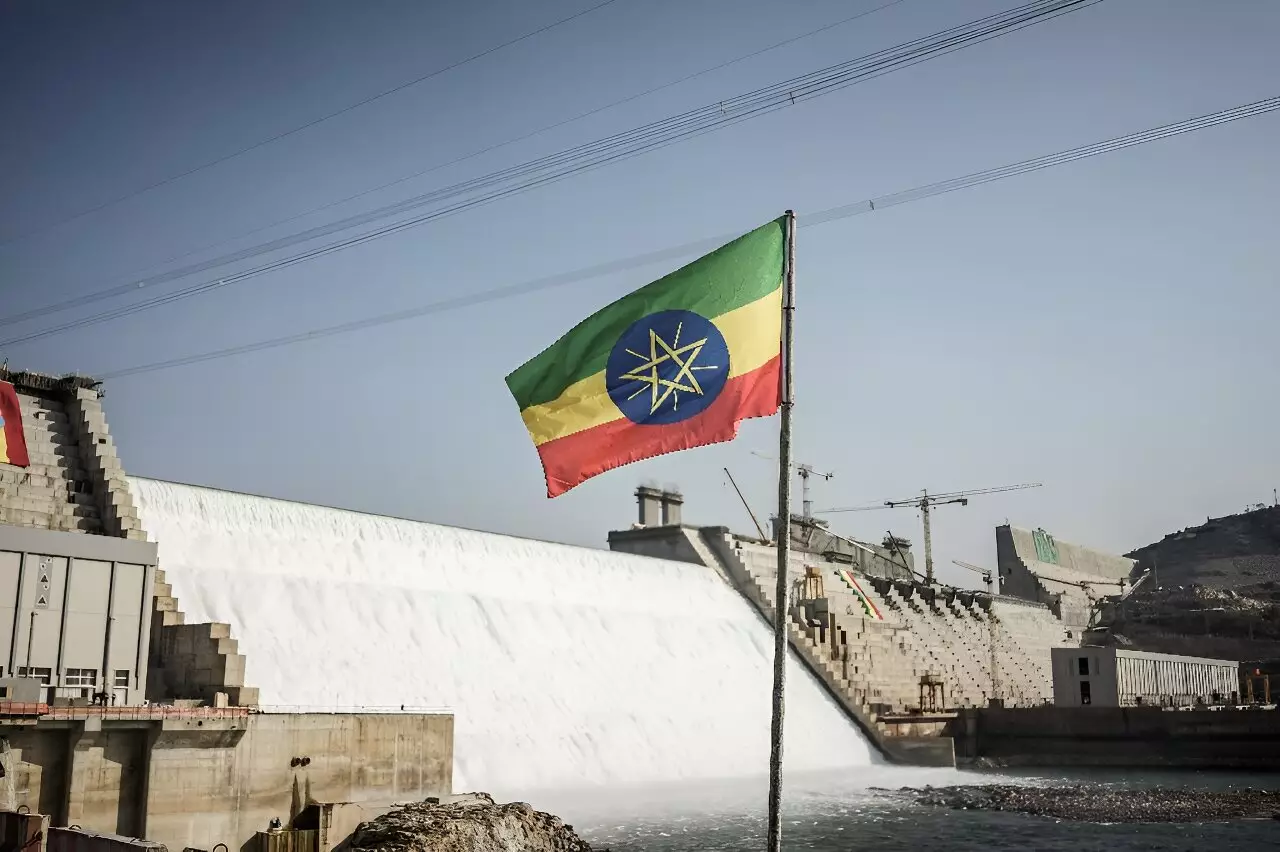Ethiopia recently announced that it has significantly increased its electricity production from the Grand Ethiopian Renaissance Dam (GERD) on the Blue Nile. With the start of two new turbines, the dam is now generating 1,550 megawatts of electricity. This development marks a significant milestone for the multi-billion-dollar project, which has been a source of tension with downstream nations such as Egypt and Sudan.
The GERD has now completed the construction phase and has transitioned into the operation phase. The two newly operational turbines each generate 400MW, adding to the existing two turbines that generate 375MW each. This brings the total output of the dam to 1,550MW. In addition to the increased electricity production, the dam’s spillways are releasing an extra 2,800 cubic meters of water to the downstream countries.
The Ethiopian government views the GERD as essential for the electrification and development of the country. With roughly half of the population still lacking access to reliable electricity, the dam is seen as a crucial project to improve the livelihoods of millions of people. The completion of the dam would make it Africa’s largest hydroelectric dam and more than double Ethiopia’s current power generation capacity.
However, the GERD has been at the center of a regional dispute since Ethiopia began construction in 2011. Egypt and Sudan have raised concerns about the dam’s operation without a three-way agreement, fearing it could impact their access to Nile waters. Egypt, in particular, relies heavily on the Nile for its water needs and sees the dam as a threat to its existence. Sudan’s stance on the dam has been uncertain, given its fragile political situation.
Ethiopia has repeatedly emphasized that the GERD will not reduce the volume of water flowing downstream. Prime Minister Abiy Ahmed stated that the dam plays a crucial role in managing water flow, mitigating flood risks, and ensuring a steady supply of water to downstream nations, especially during droughts. Despite these assurances, negotiations between the countries have failed to reach a resolution.
Challenges and Opportunities
The World Bank has announced plans to assist Ethiopia in expanding its electricity network and diversifying into other clean energy sources like solar, wind, and geothermal power. While these initiatives aim to address the electricity deficit in Ethiopia and alleviate poverty, challenges remain in ensuring equitable access to energy resources. Limited access to electricity continues to hinder socio-economic development and opportunity for many people in the country.
The Grand Ethiopian Renaissance Dam represents a significant milestone in Ethiopia’s efforts to boost electricity production and improve access to vital resources. However, the dam’s controversial nature and the unresolved issues with downstream nations highlight the complexities of large-scale infrastructure projects in the region. Moving forward, it will be essential for all parties involved to engage in constructive dialogue and find mutually beneficial solutions to ensure the sustainable management of the Blue Nile waters.

